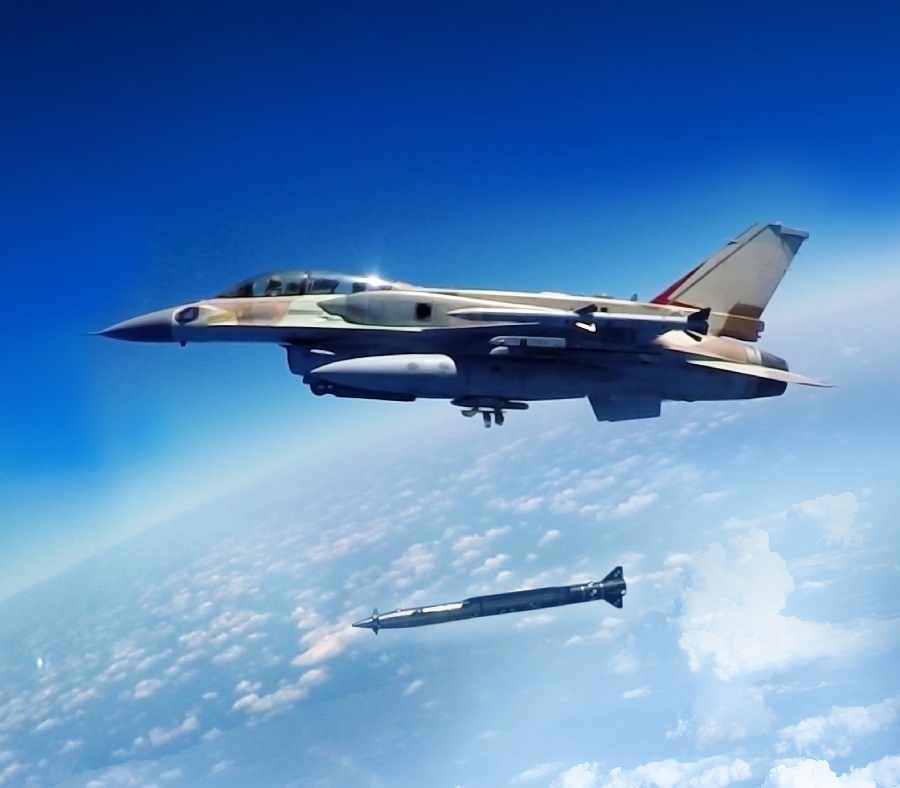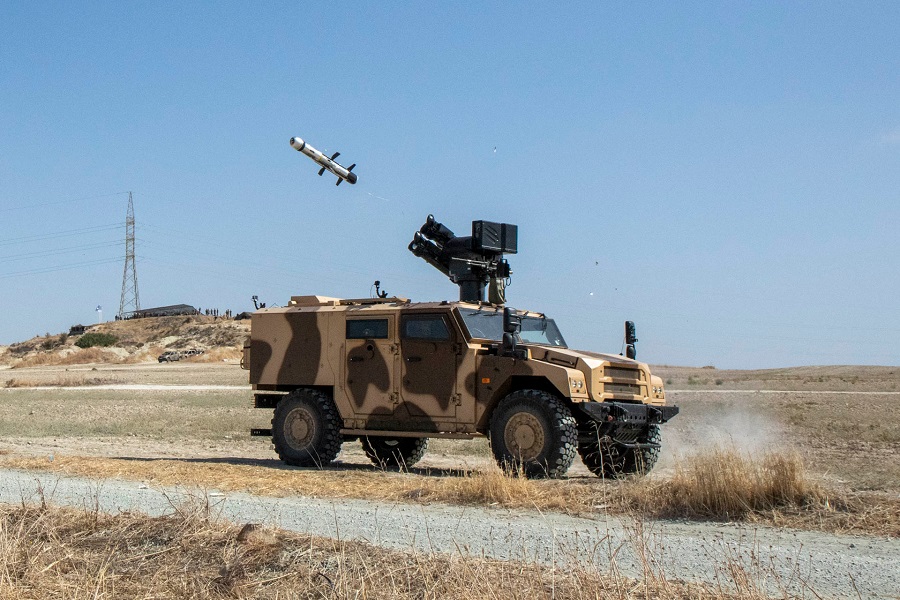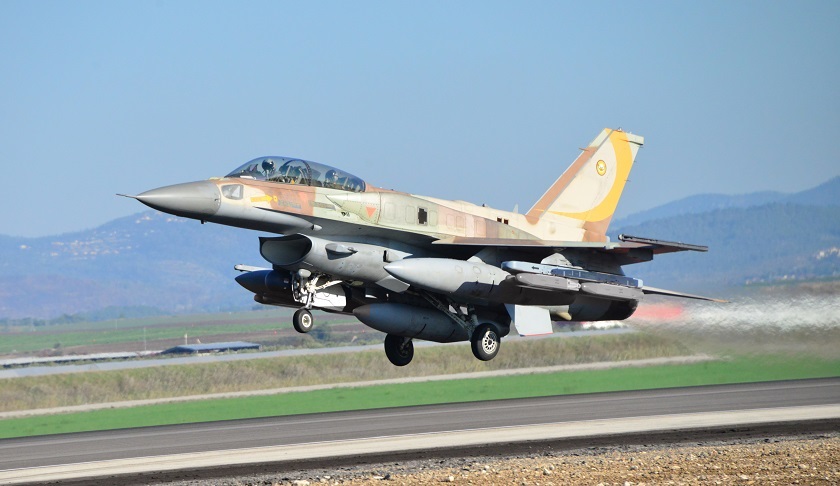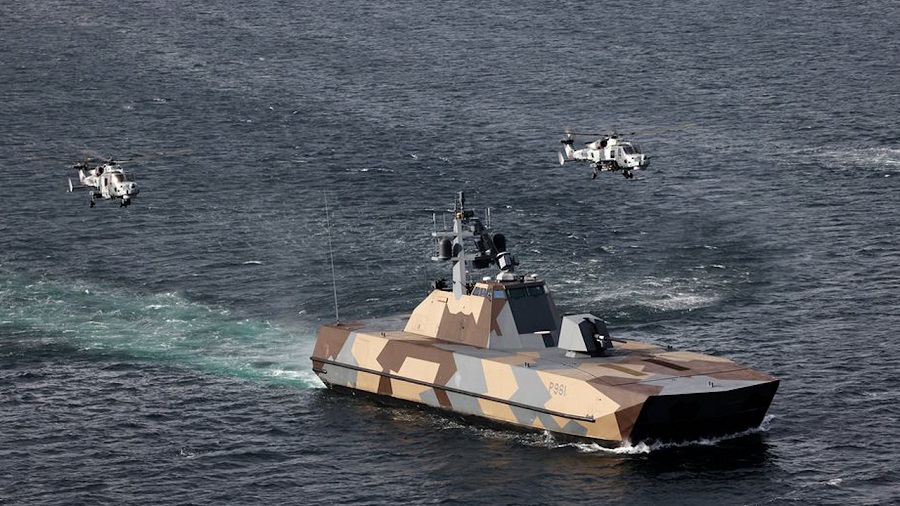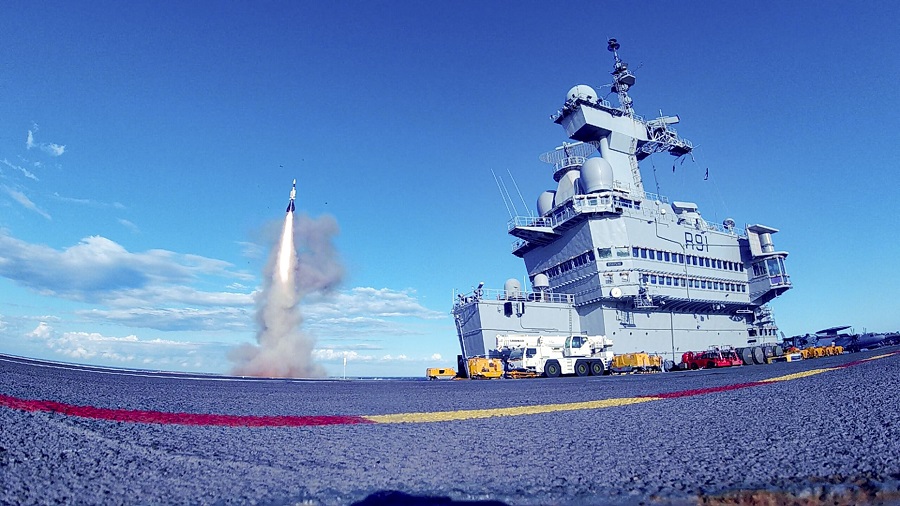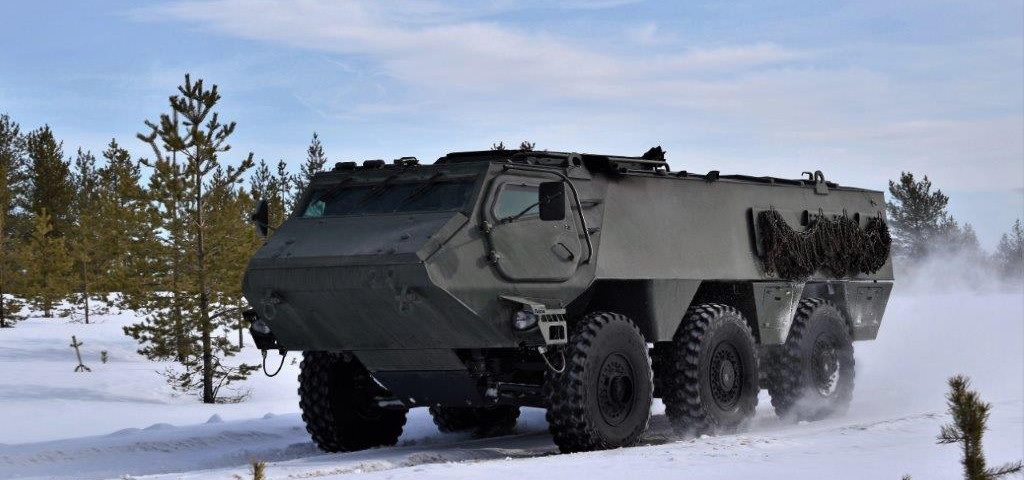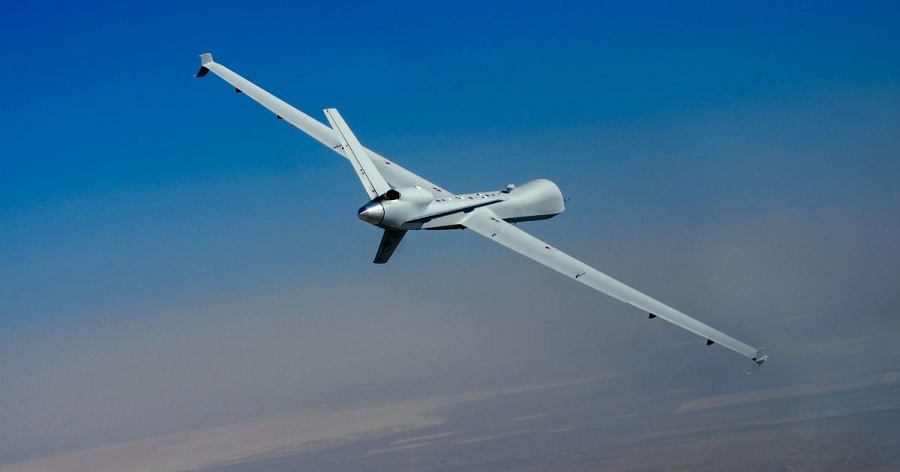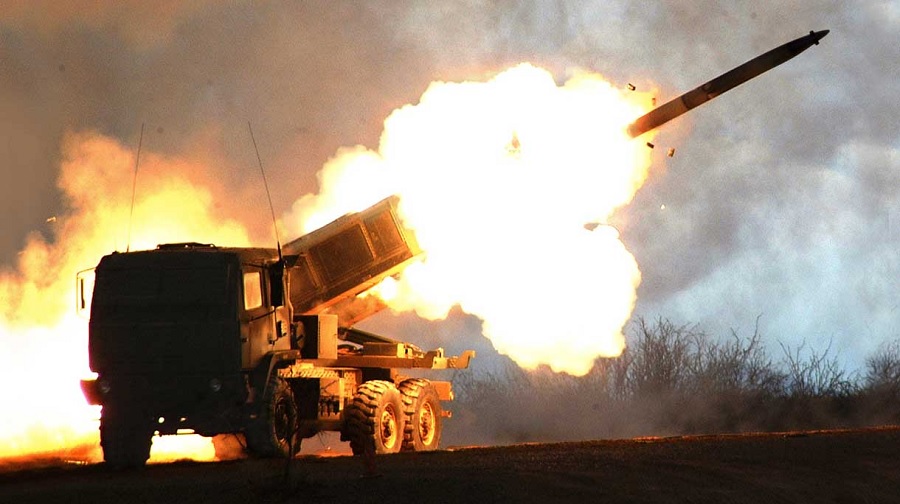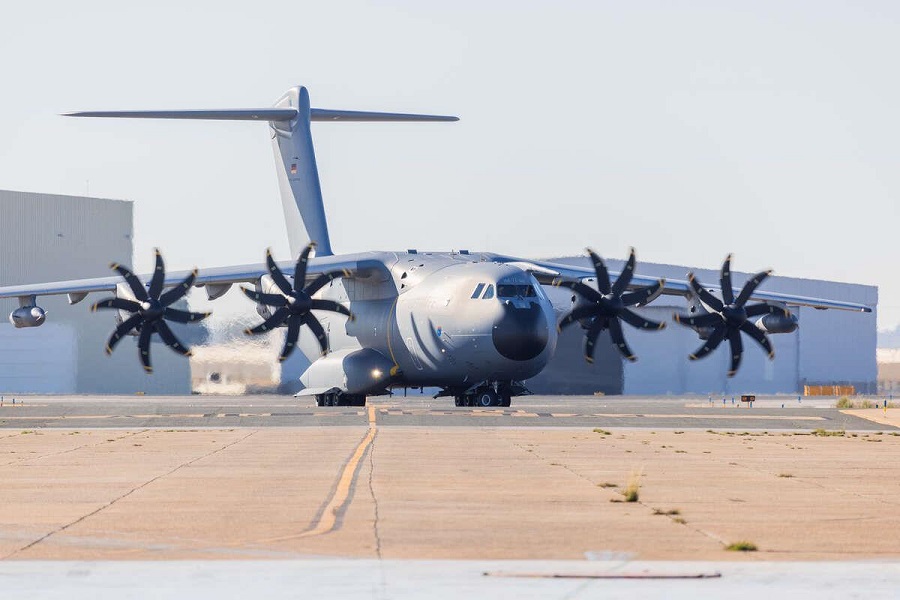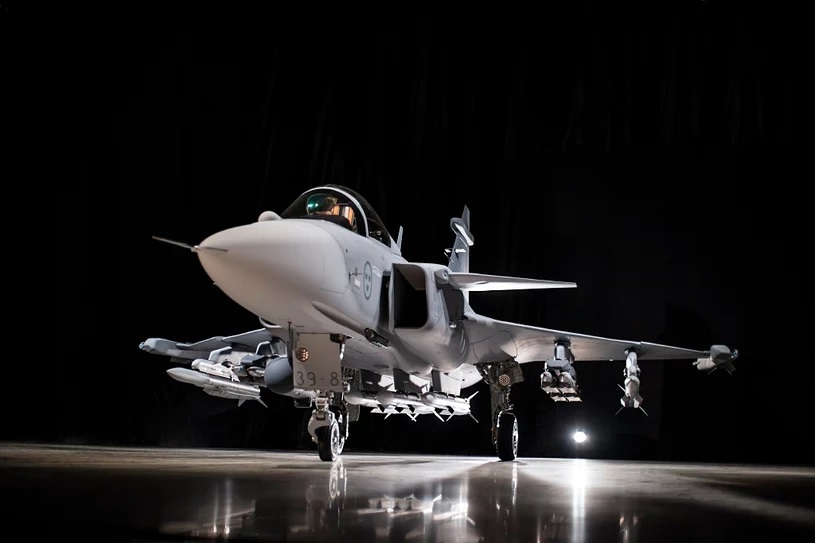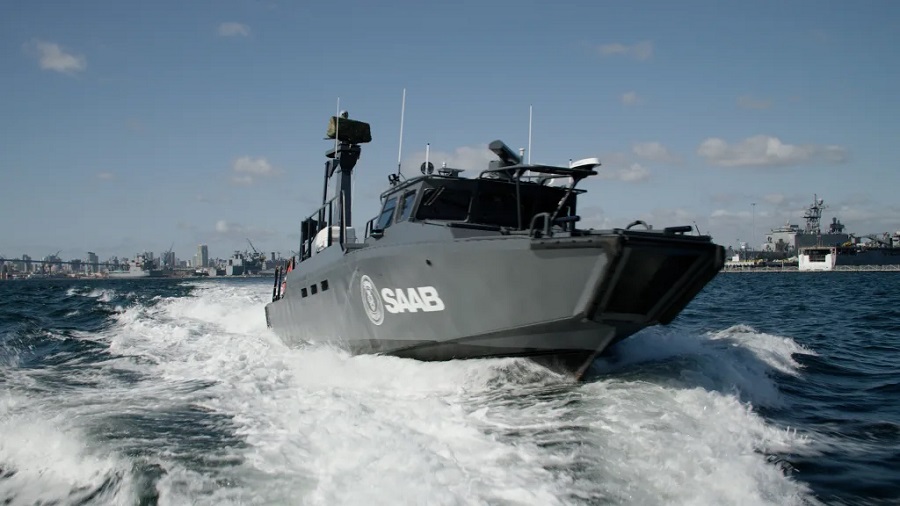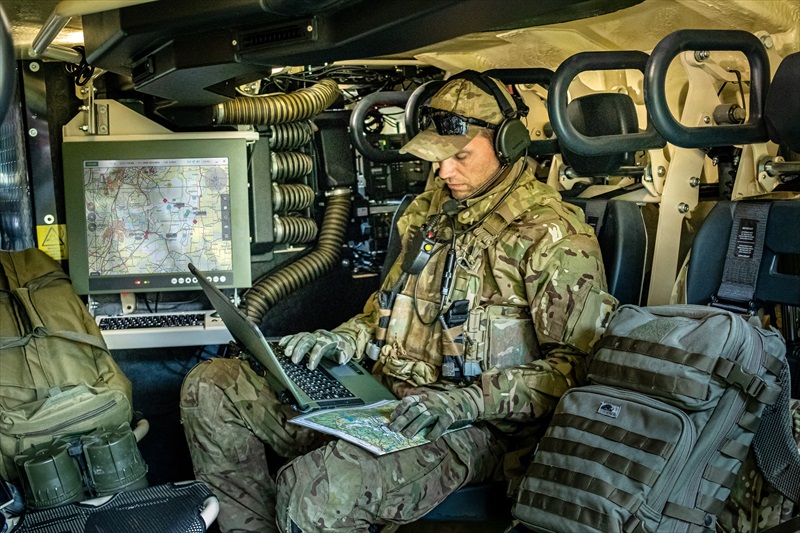In response to the operational necessities of the IAF, Israeli defence industries have developed various stand-off weapons, aligned with a growing need to address protected high-value targets entrenched within areas shielded by diverse surface-to-air missile systems.
Foreign sources indicate that numerous strikes conducted by the IAF in Syria have been executed while traversing Lebanese airspace. The absence of air defence systems in Lebanon capable of posing a threat to IAF aircraft has facilitated these maneuvers.
Recent air strikes in Syria have also been attributed to the utilization of the new Israeli Rampage air-to-ground missile, co-developed by IMI Systems (previously Israel Military Industries) and Israel Aerospace Industries (IAI).
The Rampage missile boasts a warhead, rocket, and advanced navigation system, facilitating the precise engagement of well-defended targets. The rocket’s exceptional penetration capacity within secure zones, coupled with its pinpoint accuracy, reduces collateral damage, all while maintaining a low mission cost compared to existing alternatives. The target spectrum suitable for Rampage includes communication and command centers, air force bases, maintenance facilities, vital infrastructure, and valuable field targets protected by anti-air systems. Furthermore, Rampage can operate proficiently in varying weather conditions and during both day and night. The missile weighs 570 kg and measures 4.7 meters in length.
Amidst the classified nature of several Israeli-developed standoff weapon systems, one notable family of such weaponry is the Rafael Spice. These smart bombs, including the Rafael Spice 1000 and Spice 2000 guidance kits, are frequently employed in attacks within Syria.
The Spice 1000 kit is designed for 1000 lb. general purpose or penetration warheads, such as MK-83 and RAP1000, enabling stand-off strikes at a range of 100 kilometers.
Conversely, the Spice 2000 kit, tailored for 2000 lb. general purpose or penetration warheads like MK-84, RAP2000, and BLU-109, affords stand-off strikes up to 60 kilometers away.
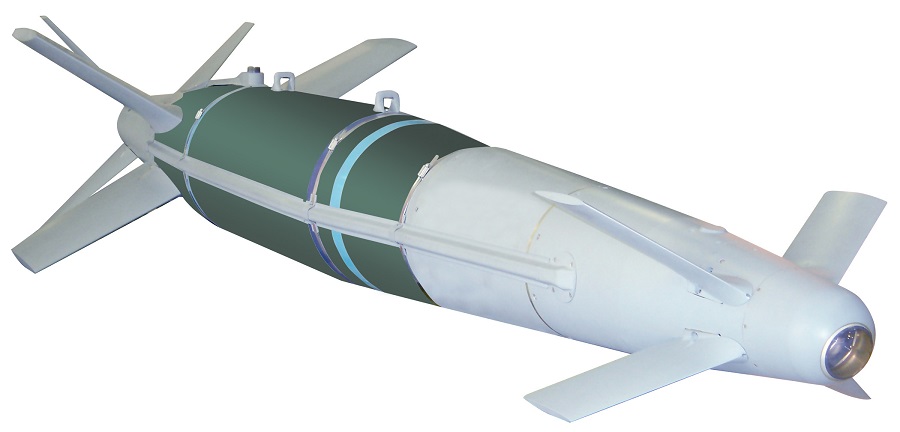
Mission planning for Spice family members is executed either in-flight or on the ground. Target data such as coordinates, impact angle, azimuth, imagery, and topographical information are leveraged to create individualized mission profiles for each target. The pilot allocates missions to weapons before release, and the weapons autonomously navigate towards the target zone outside the threatened area. Spice’s distinctive scene matching algorithm, utilizing electro-optical imagery and mission reference data, fine-tunes the flight path during the approach. Upon successful scene-matching completion, Spice homes in on the target with precision. Combat-proven in the Israeli Air Force and adopted by prominent air forces globally, Spice is easily integrated onto single and dual-seater fighter aircraft, including the F-15, F-16, F-18, Tornado, Mirage, Rafale, Gripen, and Eurofighter.
A new addition, the Spice 250, introduces a new generation of standoff Precision Guided Munitions (PGMs). Unlike its predecessors, Spice 250 is a complete system, capable of accommodating 100 optional targets within a designated area. Deployable wings enhance an aircraft’s payload, and the weapon relies on a GPS/INS Satellite/Inertial Navigation system for navigation. Spice 250’s primary sensor is the CCD/IIR dual seeker, delivering pinpoint accuracy, positive target identification, and overcoming target location errors and GPS jamming, according to Rafael. The missile’s deployable wings also facilitate an extended standoff range of up to 100 kilometers. Notably, Spice 250 allows impact point updates after release and supplies Battle Damage Indication (BDI) capability by transmitting target images prior to impact.
The comprehensive capabilities of the Spice 250, coupled with airborne Mission Planning, make it an optimal solution for Time-Sensitive Targets, land-moving targets, and maritime objectives. Spice 250 is released beyond the threatened zone and conducts mid-course navigation autonomously through its INS/GPS system.


